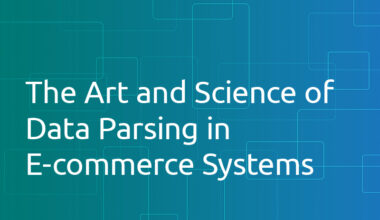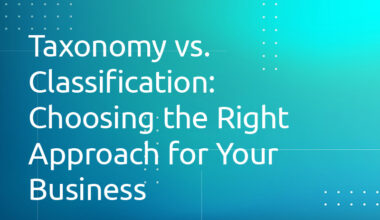The e-commerce landscape is filled with an overwhelming number of products. From the tiniest accessory to large appliances, variety abounds. But how do online retailers make sense of this vast product range and provide customers with a seamless shopping experience? The answer lies in effective product classification. Dive into the world of product classification and uncover its significance, methodologies, and the advantages it brings.
1. Understanding Product Classification
At its core, product classification is the systematic arrangement of products into categories and sub-categories based on certain criteria. This helps in organizing the product assortment, making it easier for customers to find what they’re looking for.
2. Types of Product Classifications
- Functional Classification: Grouping products based on their function or utility. For example, kitchen appliances, gardening tools, or office supplies.
- Price-Based Classification: Organizing products according to their price range, such as luxury, mid-range, or budget categories.
- End-User Classification: Classifying products based on the end consumer. This could be businesses (B2B) or individual consumers (B2C).
- Brand-Based Classification: Grouping products by specific brands.
- Demand-Based Classification: Categorizing products based on their demand frequency, like seasonal products, fast-moving products, or niche items.
3. Techniques for Effective Product Classification
- Hierarchy Creation: Start with broad categories and move to specific sub-categories. For instance, Electronics > Audio > Earphones.
- Attribute Assignment: Assign attributes to products, making them easier to filter. For example, color, size, material, etc.
- AI and Machine Learning: Leverage modern technologies that can automate product classification, especially for large inventories.
4. Benefits of Product Classification
- Enhanced User Experience: Customers can easily navigate and find products, leading to a higher likelihood of purchase.
- Improved Inventory Management: Retailers can have a clearer understanding of stock levels, demand forecasts, and restocking needs.
- Tailored Marketing Strategies: With organized product data, businesses can design more focused marketing campaigns for specific categories or products.
- Optimized Search Functionality: Product classification aids in refining site search results, delivering more accurate products to the user’s query.
- Streamlined Operations: From procurement to sales, having a clear product classification can make operational tasks more straightforward and efficient.
5. Common Challenges and Overcoming Them
- Complex Product Range: Products that fit into multiple categories can be challenging. Using tagging and attributes can address this.
- Changing Product Line: With new products getting added, the classification system must be flexible to adapt.
- Avoiding Overclassification: Too many categories can confuse users. It’s crucial to find a balance between specificity and simplicity.
Product classification isn’t just a backend organizational tool; it’s a powerful strategy that directly impacts customer experience, sales, and operational efficiency. By understanding its various types and implementing best practices, e-commerce businesses can significantly enhance their platform’s navigability, driving both customer satisfaction and sales.
If you’re looking for support with your data classification strategy to better serve your customers and streamline your business, contact our experts at geekspeak.
 1.416.619.5349 Ext.325
1.416.619.5349 Ext.325 







